A Short History of Beds, Cradles, and Cribs
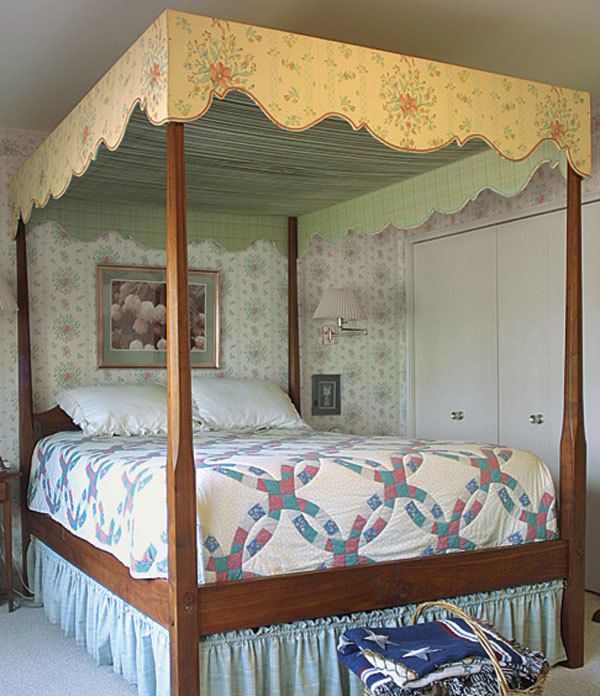
Beds occupy the predominant place in a list of furniture types, since from earliest times they were often the most important piece of furniture in a household.
Strictly speaking, “bed” means the place where a person sleeps (originally no more than a hollow in the ground); “bedstead” is properly the term used to designate the piece of furniture used for sleeping (although even this word originally merely meant the place where the bed was located).
Indeed, bedrooms per se were rare until the 17th century, and beds were common in every room, also being used as daytime couches. For reasons of warmth, early beds were usually enclosed structures often built contiguous with walls and able to be completely enclosed when occupied. This was accomplished with heavy drapery or even doors, like the typical Dutch box beds used in New York in the 17th century.
More common were what we now refer to as “four-posters” or “four-post beds.” These, too, were originally built against a wall, but ultimately became freestanding, massive structures designed to support a heavy roof, or tester, of wood or fabric and hanging curtains that could fully enclose the sleeper. Most famous of these is the Great Bed of Ware, built around 1590 and mentioned by Shakespeare. Presently in the Victoria and Albert Museum in London, it was reported in 1700 that “six citizens and their wives came from London and slept in the great bed.”
Until the development of modern springs and mattresses, most beds were built with a heavy frame, or bedstock, to support the laced rope floor on which the bedding was supported.
Modern beds are generally much lighter affairs, and typically consist of a simple wooden frame for the mattress supported at the ends by a headboard and a footboard. An important feature of contemporary beds is the standardization of sizes, which include crib, bunk, twin (39 in. by 75 in.), three-quarter, double (54 in. by 75 in.), queen (60 in. by 80 in.), king (76 in. by 84 in.), and California king (72 in. 84 in.).
An elongated seating form with a raised end is referred to as a day bed, but is not intended for full night-time sleeping. The French term chaise longue translates literally as a “long chair.” Similarly, a divan, which may be seen as an upholstered couch with no arms or back, may also be used as a bed in rooms not specifically designated as bedrooms.
A trundle, or truckle bed, is a rolling frame, originally of wood, but now more usually made of metal, designed to be stored under a larger bed until needed.
Cradles and cribs
The first piece of furniture many people used to encounter in this world was a small swinging or rocking bed known as a cradle. Now largely superseded by cribs or cots (which were both originally also swinging or rocking), the cradle has a long history and was also typically one of the first pieces of furniture to be acquired in new households, preceded only by beds, chests, and tables.
The earliest and most common type of cradle is the rocker, derived undoubtedly from a half log, hollowed out to provide a secure resting place for the infant. From this to a simple box mounted on transverse curved sections was a short step, but a far cry from the miniature “great beds of state,” richly carved and furnished with elaborate and costly hangings that were used to cradle the children of royalty.
A particular American favorite is the type common with the early Colonists, characterized by sloping sides and a hooded end, most often made from simple nailed pine boards, although examples exist that represent in miniature all the major period styles, from Gothic to Art Nouveau.
Almost as venerable is the type of cradle that consists of an open container suspended by hooks, chains, or rope from a standing frame. The earliest known example of this type is a Gothic cradle made at the end of the 15th century and reputed to have been used by Henry V (who, however, was born a hundred years earlier!). The box is simply pegged together and suspended between two standards or uprights braced on a flat frame. At the other extreme, in terms of construction, is a design illustrated by the famous 18th-century cabinetmaker Sheraton, in his Cabinet Dictionary, which includes a spring mechanism designed to keep the cradle rocking for an hour and a half — a function now accomplished by electric motors in this age of preoccupied childcare providers.
Graham Blackburn is a furniture maker, author, and illustrator, and publisher of Blackburn Books (www.blackburnbooks.com) in Bearsville, N.Y.


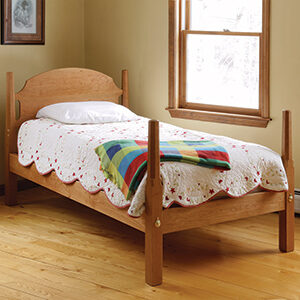
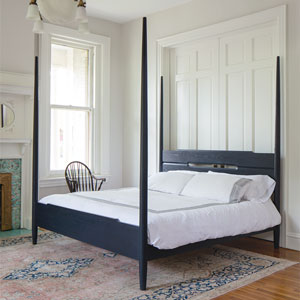
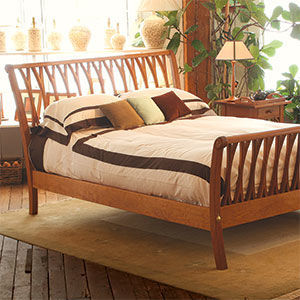
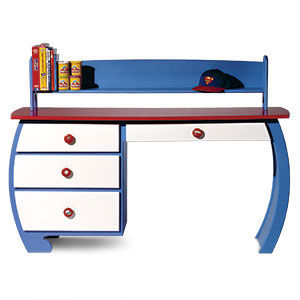






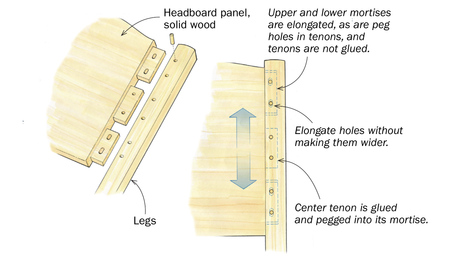
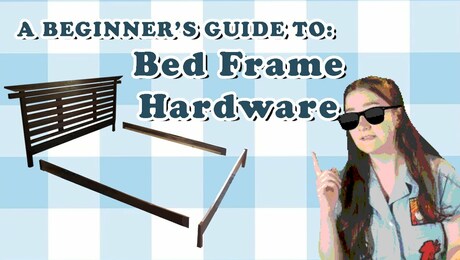








Log in or create an account to post a comment.
Sign up Log in